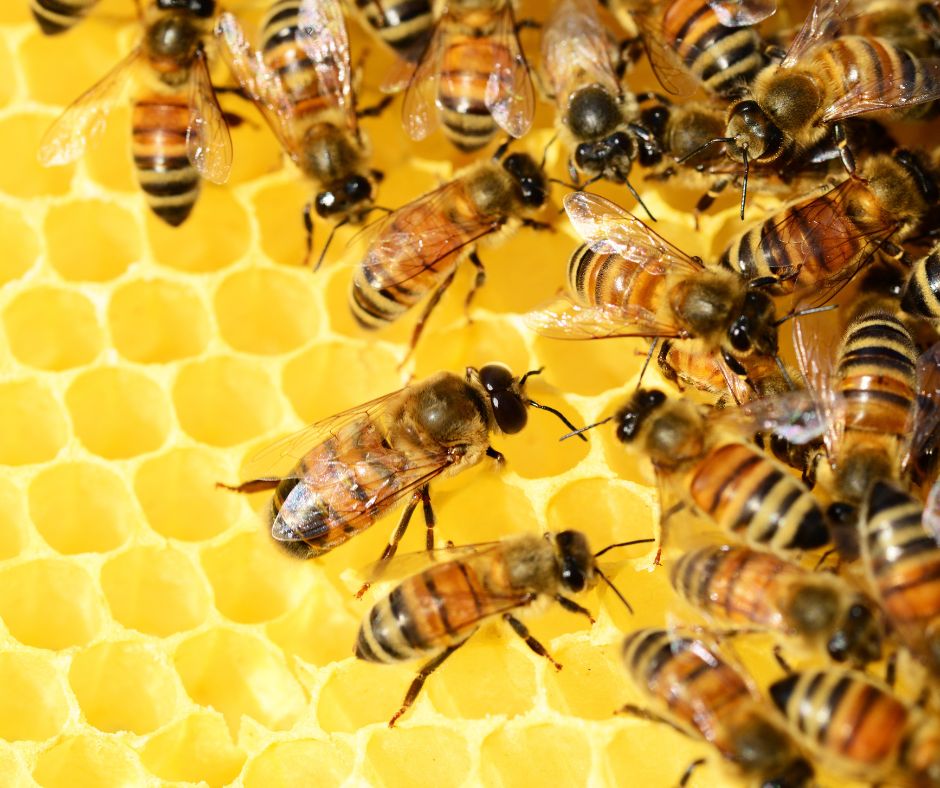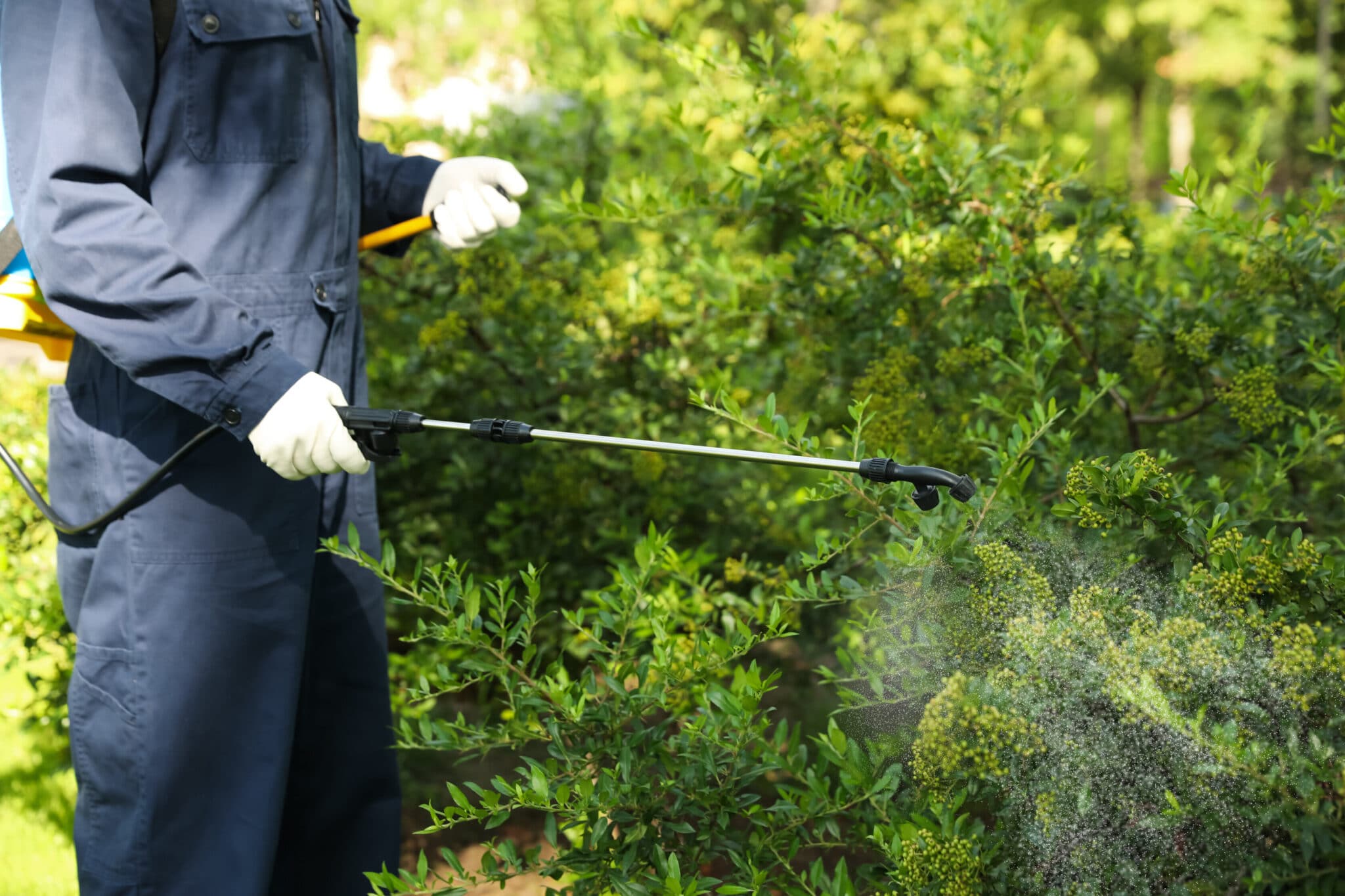Pest Control Services: Keeping Your Household Safe from Harmful Insects
Learn Concerning the current Advancements in Bug Control and Just How to Apply Effective Treatment Solutions
In current years, the field of pest control has actually seen significant improvements, driven by the requirement for effective and lasting treatment options. Innovative strategies such as Integrated Insect Management (IPM) integrate environmentally friendly techniques with advanced modern technology, enhancing both efficiency and environmental duty.
Eco-Friendly Insect Control Options
Recently, the need for eco-friendly insect control choices has actually risen as services and house owners alike look for lasting options to typical chemical therapies. This change is driven by expanding environmental understanding and a wish to lessen the wellness threats connected with artificial chemicals.

Environmentally friendly insect control methods incorporate a variety of methods that prioritize using natural substances and techniques. Integrated Bug Management (IPM) is one such approach, incorporating biological, social, and mechanical tactics to handle bug populaces while lowering dependence on chemicals (Wildlife removal services). This holistic method highlights prevention via habitat control and the intro of all-natural predators, therefore promoting a well balanced ecosystem
Another preferred option is the usage of agricultural pesticides obtained from plants, which often tend to be less unsafe to non-target organisms. Products like neem oil and diatomaceous earth have actually gained traction for their effectiveness in regulating bugs while posing very little risks to human wellness and the setting.
In addition, exclusion techniques, such as securing access points and keeping sanitation, play a critical duty in environmentally friendly parasite management. By embracing these lasting methods, businesses and individuals can successfully manage bugs while advertising a healthier earth for future generations.
Smart Innovation in Bug Monitoring
Innovation is reshaping the landscape of bug administration, with clever technology becoming an essential pressure in improving effectiveness and efficiency - Wildlife removal services. The assimilation of Net of Things (IoT) gadgets, expert system (AI), and data analytics is revolutionizing how pest control professionals come close to problems
Smart traps furnished with sensing units can spot pest activity in real-time, sending out prompt notifies to operators. This permits for prompt reactions, decreasing damage and minimizing the need for considerable therapies. In addition, AI formulas assess historic data to forecast insect habits, enabling proactive treatments based on ecological problems and problem patterns.
Drones and automatic cars are likewise playing a considerable role in bug management, offering aerial assessments of big areas, identifying hotspots, and even dispersing targeted treatments. These modern technologies not only improve operations yet also boost safety and security by restricting human exposure to potentially damaging chemicals.
Moreover, mobile applications empower consumers to keep an eye on bug task and accessibility specialist guidance, fostering a collaborative method to pest administration. In general, the adoption of smart modern technology is setting a new standard in insect control, highlighting data-driven choices and sustainable methods that eventually profit both professionals and homeowners alike.
Integrated Parasite Monitoring Techniques
Integrated Insect Administration (IPM) utilizes a holistic strategy to pest control, integrating various techniques to properly handle bug populations while lessening risks to human health and wellness and the atmosphere. IPM revolves around understanding the pest life cycle, their natural enemies, and the ecological community in which they prosper.
One of the fundamental parts of IPM is checking pest populations via regular assessments and information collection. This enables the identification of insect limits, determining when intervention is necessary. Cultural techniques, such as plant rotation, habitat, and navigate to this site sanitation manipulation, are essential in decreasing pest frequency and promoting plant health.
Mechanical controls, including catches and barriers, are additionally important in IPM. These methods can literally remove or discourage pests without the usage of chemicals. When needed, the cautious application of chemical controls is employed, focusing on targeted treatments that reduce environmental influence.
Education and collaboration among stakeholders, consisting of farmers, pest control experts, and the neighborhood, are important for the effective application of IPM approaches. By focusing on lasting methods, IPM not only addresses pest issues however additionally cultivates a much healthier environment.
Biological Control Methods
Many organic control methods are significantly identified for their effectiveness in taking care of pest populations while advertising environmental equilibrium. These strategies harness natural predators, bloodsuckers, and microorganisms to lower pest numbers without counting on synthetic chemicals. For instance, the introduction of ladybugs can efficiently control aphid populaces, while nematodes target soil-dwelling pest larvae.
Furthermore, the use of microbial pesticides, such as Bacillus thuringiensis (Bt), offers an eco-friendly choice for handling caterpillar bugs. These items especially target pest species, reducing damage to valuable insects and pollinators. Furthermore, preservation organic control highlights enhancing environments for all-natural opponents, such as birds and beneficial insects, thereby motivating their visibility in agricultural systems.
Research study remains to expose innovative strategies within this field, such as using scents to disrupt pest breeding patterns or the advancement of biocontrol agents via genetic engineering. Applying these approaches can result in sustainable pest monitoring practices that reduce the reliance on chemical interventions, ultimately cultivating healthier environments. As recognition of these strategies grows, they are coming to be important components of integrated parasite monitoring (IPM) techniques, supplying a balance in between efficient parasite control and ecological stewardship.
DIY Pest Control Solutions
As property owners seek effective ways to tackle parasite problems, DIY pest control solutions have acquired popularity for their accessibility and cost-effectiveness. These techniques equip people to resolve problems making use of readily offered materials and methods, usually without the need for professional intervention.

Additionally, preserving appropriate sanitation and normal assessments can prevent bug entrance and nesting (Wildlife removal services). Basic techniques, such as securing splits, getting rid of food resources, and decluttering, can significantly diminish parasite populations. Traps, both homemade and commercially readily available, can additionally use reliable options for tracking and controlling specific parasites like rats or bugs

Final Thought
The combination of green parasite control alternatives, clever modern technology, and innovative management approaches offers a thorough technique to efficient insect management. By welcoming Integrated Bug Monitoring (IPM) and using biological control methods, along with do it yourself options, lasting and responsible pest control can be attained. These improvements not only enhance the performance of bug administration practices yet also add to a much healthier environment. Applying these approaches promotes a balanced community while successfully dealing with pest populaces.
Environment-friendly pest control techniques include an array of strategies that prioritize the use of all-natural substances and methods. Integrated Parasite Management (IPM) is one such method, integrating organic, social, and mechanical tactics to manage insect populations while lowering dependence on chemicals. As awareness of these techniques grows, they are ending up being indispensable parts of incorporated pest management (IPM) techniques, providing a balance between efficient insect control and environmental stewardship.
The combination of environment-friendly bee removal bug control choices, wise innovation, and ingenious administration methods provides an extensive method to effective insect management. By embracing Integrated Pest Monitoring (IPM) and making use of organic control techniques, alongside DIY remedies, accountable and sustainable pest control can be attained.